

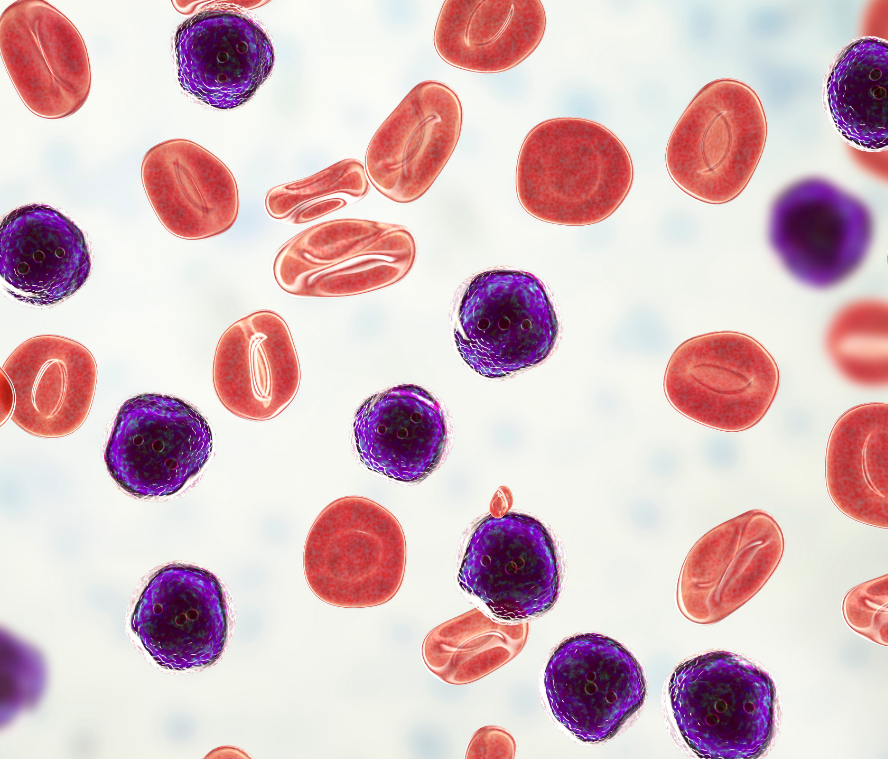
Pediatric Acute Lymphoblastic Leukemia (pALL) is a type of blood cancer that occurs when the bone marrow makes too many lymphocytes (a type of white blood cell). When this happens, there is less room for healthy white blood cells, red blood cells, and platelets in the blood.2
B cells, along with other cells, make up the body’s immune system.3 Cancerous B cells can cause a blood cancer called B-Cell Pediatric Acute Lymphoblastic Leukemia (pALL), which is the most common form of pediatric leukemia.4 Symptoms of pALL include being more prone to infections, anemic and bruising or bleeding easily.5

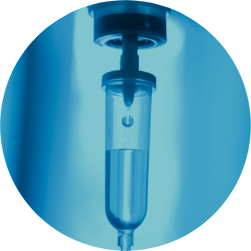
Chemotherapy often consists of a combination of several medications which help to stop the spread of fast-growing cancer cells.7
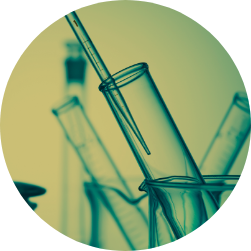
A type of treatment where specific parts of cancer cells are identified and blocked to prevent them from spreading.8 It can often be used alone or in combination with other therapies, such as chemotherapy or radiation therapy.
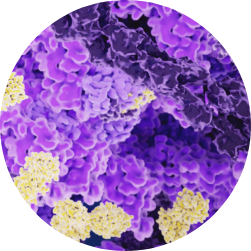
Patient’s immune system is enhanced using medicines to better recognise and treat cancer cells.9 This includes immune checkpoint inhibitors, immune system modulators, monoclonal antibodies, and T-cell therapy.
CAR-T cell therapy is a type of immunotherapy where CAR receptors used to treat cancer with altered immune cells. These specially altered white blood cells, called T cells, are modified to find and stop the spread of cancer cells in the body.10
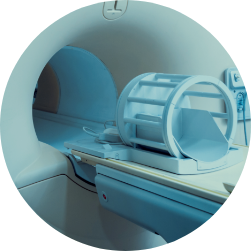
High-energy radiation is used to treat cancer cells. It is an important step before a bone marrow or stem cell transplant.11
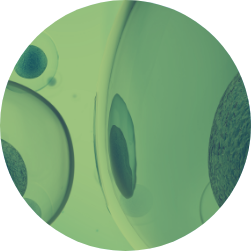
Impaired or diseased bone marrow is replaced with healthy cells from the patient’s own bone marrow or from a suitable donor.12
CAR-T cell therapy harnesses the body’s natural defenses to treat cancer.13
CAR-T therapy involves altering your child’s own T cells, a type of white blood cell found in the immune system, with new chimeric antigen receptors (or CAR for short). When the CAR is combined with your child’s T cells, the CAR-T cell therapy enhances the body’s natural ability to treat cancer with reprogrammed T cells.
Click on the video to learn more
since the first FDA approved therapy was made available in 2017.14, 15
CAR-T cell therapy is an individualized treatment made from the body’s own T-cells. However, data shows that T-cell health will decline over time and result in poorer outcomes especially when additional treatments such as chemotherapy have been performed.
Potentially curative treatment for
patients who are not responding well to
initial treatments (refractory), or have diseases that came back (relapsed)
Harnesses the power of your child’s
own T-cells to detect and treat
cancerous B cells
A one-time single infusion
treatment either with or without
hospitalization
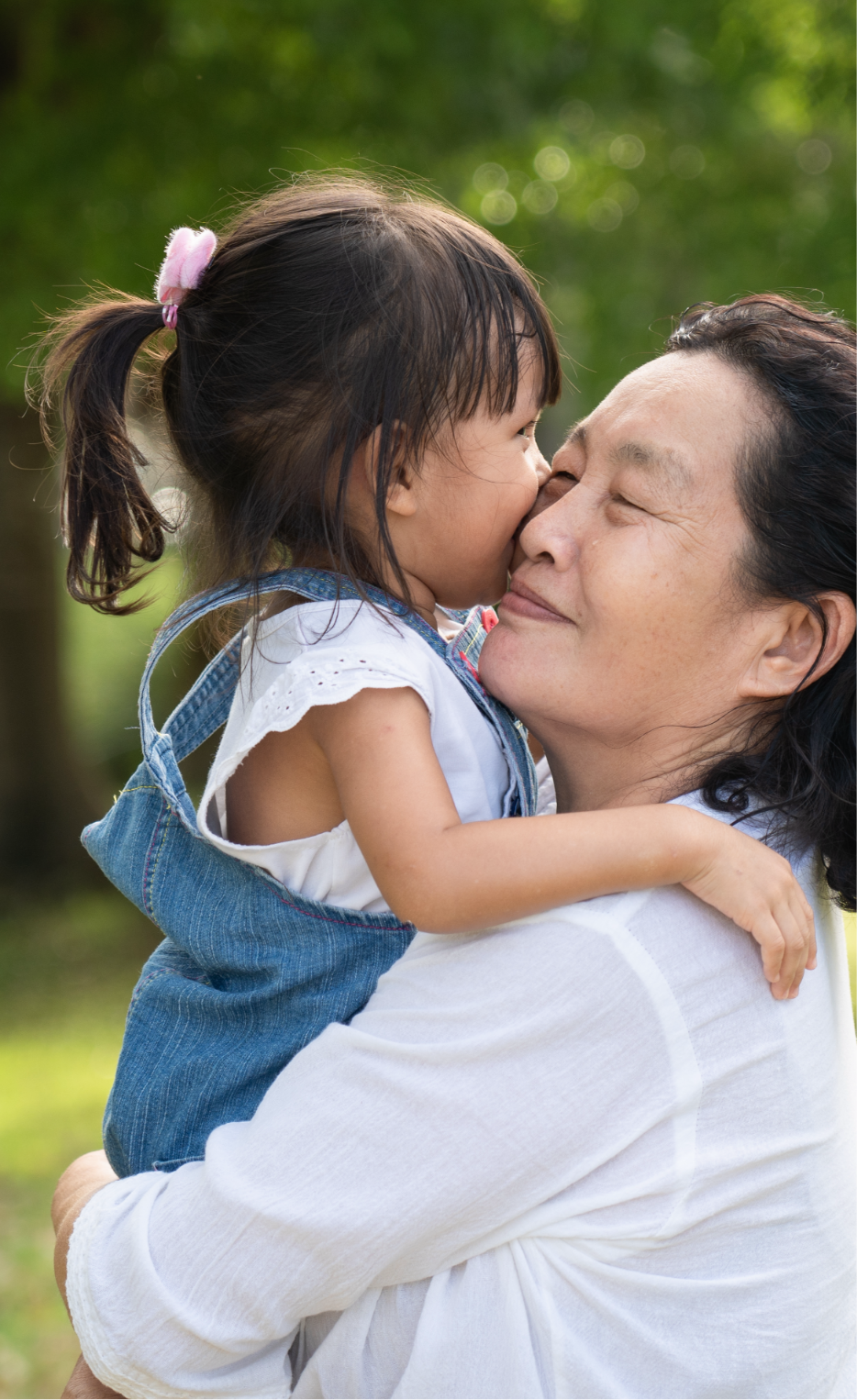
CAR-T cell therapy for Acute Lymphoblastic Leukemia treatment is a one-time, potentially curative, and innovative leukemia treatment option. It is approved worldwide (by the FDA since 2017 and over 30 other health authorities) for patients who have certain types of leukemia and lymphoma, including Pediatric Acute Lymphoblastic Leukemia (pALL) and Diffuse Large B-cell Lymphoma (DLBCL).
While the goal of CAR-T cell therapy is long-term recovery of cancer, it is important to note that not all patients will respond the same way to Acute Lymphoblastic Leukemia treatment.
If you are considering CAR-T cell therapy as a treatment for your child with relapsed or refractory Acute lymphoblastic leukemia, we are here to support you in managing their condition and helping you and your child on this treatment journey. Get information about approved treatment center locations, FAQs and more.
Find support here
Dong, Y., Shi, O., Zeng, Q. et al. Leukemia incidence trends at the global, regional, and national level between 1990 and 2017. Exp Hematol Oncol 9, 14 (2020). https://doi.org/10.1186/s40164-020-00170-6
Acute Lymphoblastic Leukemia (ALL), 2017 (5/17, G-CGT-1163553) – extracted from Novartis resource
What is acute Lymphocytic leukemia (ALL)? (n.d.). Retrieved March 11, 2022, from Cancer.org website: https://www.cancer.org/cancer/acute-
lymphocytic-leukemia/about/what-is-all.html
Brown, P., et al. (2020). Pediatric acute lymphoblastic leukemia, version 2.2020, NCCN Clinical Practice Guidelines in Oncology. Journal of the National Comprehensive Cancer Network: JNCCN, 18(1), 81–112. doi:10.6004/jnccn.2020.0001
Acute lymphoblastic leukemia (ALL). (n.d.-b). Retrieved March 11, 2022, from Kidshealth.org website: https://kidshealth.org/en/parents/all.html
Leukemia – acute Lymphocytic – ALL – treatment options. (2012, June 25). Retrieved March 11, 2022, from Cancer.Net website: https://www.cancer.net/cancer-types/leukemia-acute-lymphocytic-all/treatment-options
Chemotherapy for acute Lymphocytic leukemia (ALL). (n.d.). Retrieved March 11, 2022, from Cancer.org website: https://www.cancer.org/cancer/acutelymphocyticleukemia/treating/chemotherapy.html
Targeted therapy for acute Lymphocytic leukemia (ALL). (n.d.). Retrieved March 11, 2022, from Cancer.org website: https://www.cancer.org/cancer/acute-lymphocytic-leukemia/treating/targeted-therapy.html
Immunotherapy for Acute Lymphoblastic Leukemia (ALL). (n.d.). Retrieved March 11, 2022, from Cancer.org website: https://www.cancer.org/cancer/acute-lymphocytic-leukemia/treating/monoclonal-antibodies.html
Research, & Markets. (2021, June 4). 2021 insights on the CAR-T cell therapy Global market – overview of clinical Trials. Research and Markets. https://www.globenewswire.com/en/news-release/2021/06/04/2241883/28124/en/2021-Insights-on-the-CAR-T-Cell-Therapy-Global-Market-Overview-of-Clinical-Trials.html
Radiation therapy for childhood leukemia. (n.d.). Cancer.Org. Retrieved March 18, 2022, from https://www.cancer.org/cancer/leukemia-inchildren/treating/radiation.html
What are stem cells? (n.d.). Retrieved March 11, 2022, from Cancer.org website: https://www.cancer.org/treatment/treatments-and-sideeffects/treatment-types/stem-cell-transplant/why-stem-cell-transplants-are-used.html
CAR T-cell therapy and its side effects. (n.d.). Cancer.Org. Retrieved March 18, 2022, from https://www.cancer.org/treatment/treatments-and-side-effects/treatment-types/immunotherapy/car-t-cell1.html
Yescarta Patient Brochure – extracted from Novartis resource
Kymriah Patient Numbers – extracted from Novartis resource
Kymriah® (tisagenlecleucel), first-in-class CAR-T therapy from Novartis, receives second FDA approval to treat appropriate r/r patients with large B-cell lymphoma. (n.d.). Retrieved March 11, 2022, from Novartis website: https://www.novartis.com/news/media-releases/kymriah-tisagenlecleucel-firstclass-car-t-therapy-from-novartis-receives-second-fda-approval-treat-appropriate-rr-patients-large-b-cell-lymphoma
Disclaimer:This is global website for information on CAR-T Cell Therapy and is intended for Patients and Caregivers outside the US. The information on the site is not country specific and may contain information that is outside the approved indication in the country in which you are located.